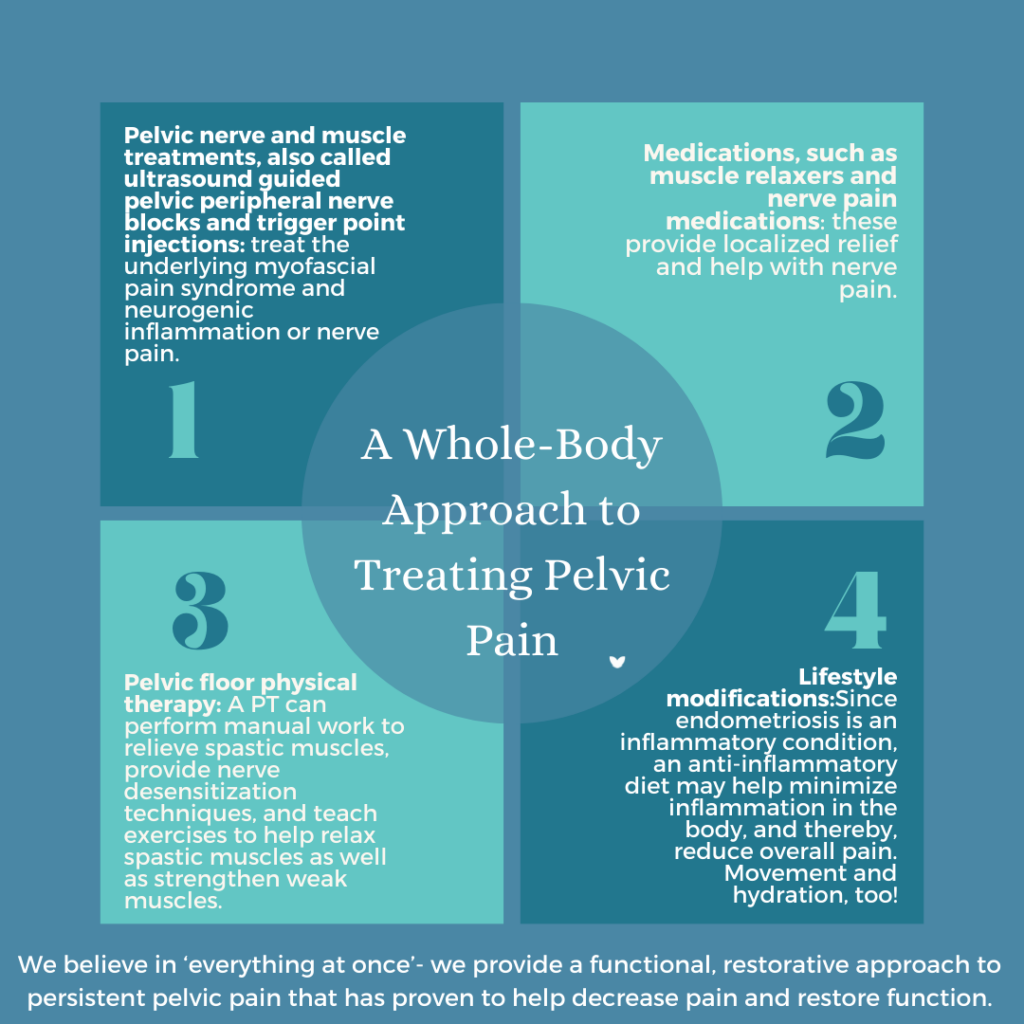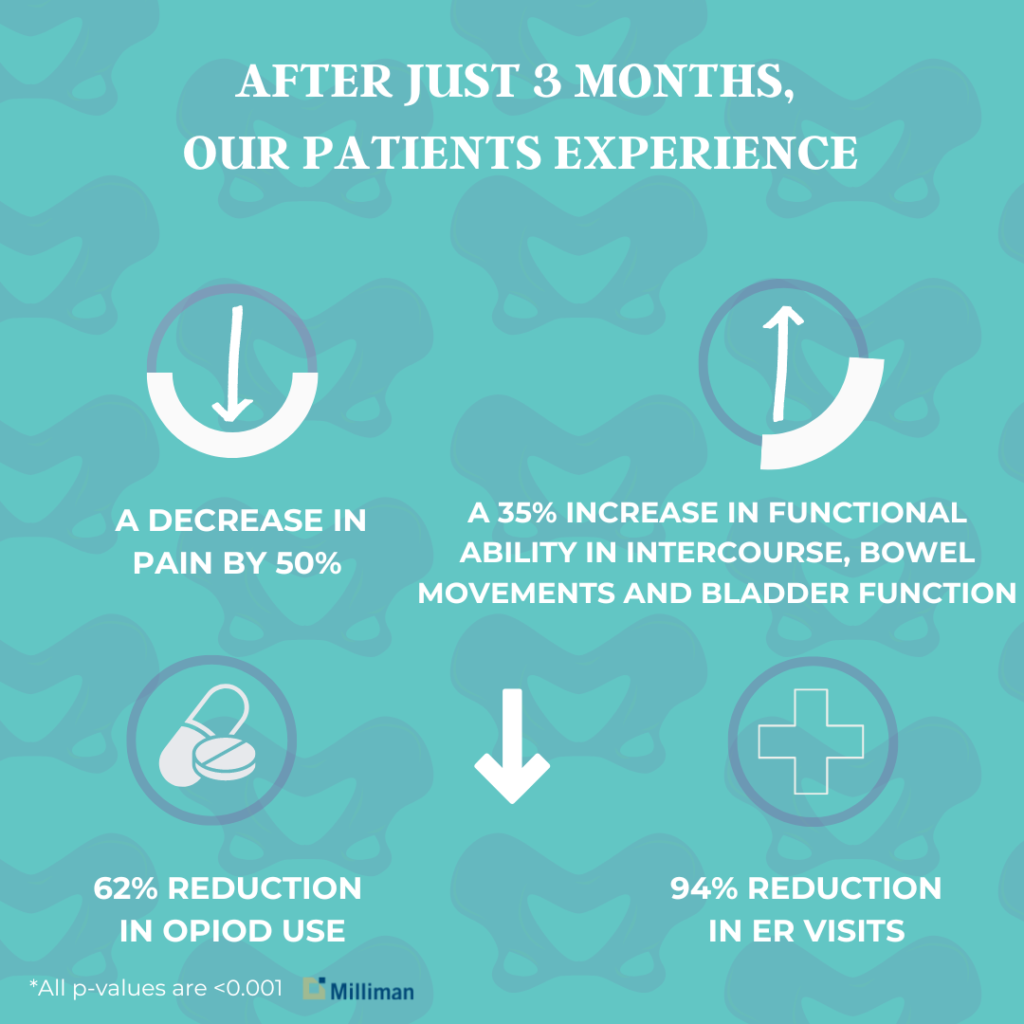BY Dr. Christian Reutter, DO
What is chronic prostatitis?
Chronic prostatitis, also known as Chronic Pelvic Pain Syndrome (CPPS), is characterized by chronic pelvic pain and voiding symptoms in the absence of a clear bacterial infection. It is a common condition affecting 2-6% of men.
Causes of chronic prostatitis
Often patients are seen by their urologist, where they will perform lab work and be treated for infection, but despite the treatment provided, the patient continues to have pelvic pain and bladder symptoms.
There are a number of causes of chronic prostatitis (CPPS), including nerve irritation, chemical irritation, stress, and often a weak or spastic pelvic floor. Certain activities can also cause or exacerbate CPPS, including prolonged sitting or biking.
What are the symptoms of chronic prostatitis?
Common symptoms of chronic prostatitis (CPPS) include:
- Pain in the testicles, penis, and/or perineum (area between the rectum and scrotum)
- Groin pain
- Low back pain
- Pain with ejaculation
- Painful erections
- Sexual dysfunction
- Urinary urgency and frequency
- Painful urination
- Difficulty initiating urinary stream
What is the Chronic prostatitis treatment Protocol?
Treatment at PRM is usually a multi-modal approach and individualized to each patient’s clinical picture.
Treatment can include:
- NSAID medications
- Anti-spasmodic medications, including muscle relaxant suppositories
- Neuromodulator medications like Cymbalta, Lyrica, and the like for neuropathic pain
- Medications to address sexual symptoms if they are present, including a daily low dose of Cialis or similar
- Phytotherapy (plant-derived supplements) like Quercetin
- Injections to address the pelvic floor muscle hypertonia (spasm)
- Injections to address nerve inflammation
- Pelvic floor physical therapy
- Acupuncture
- Cognitive behavioral therapy
- Low impact exercise, such as walking, swimming, elliptical, or yoga


Would You Like to See a Specialist?
Call us at (646) 481-4998 or click to request a regular appointment.